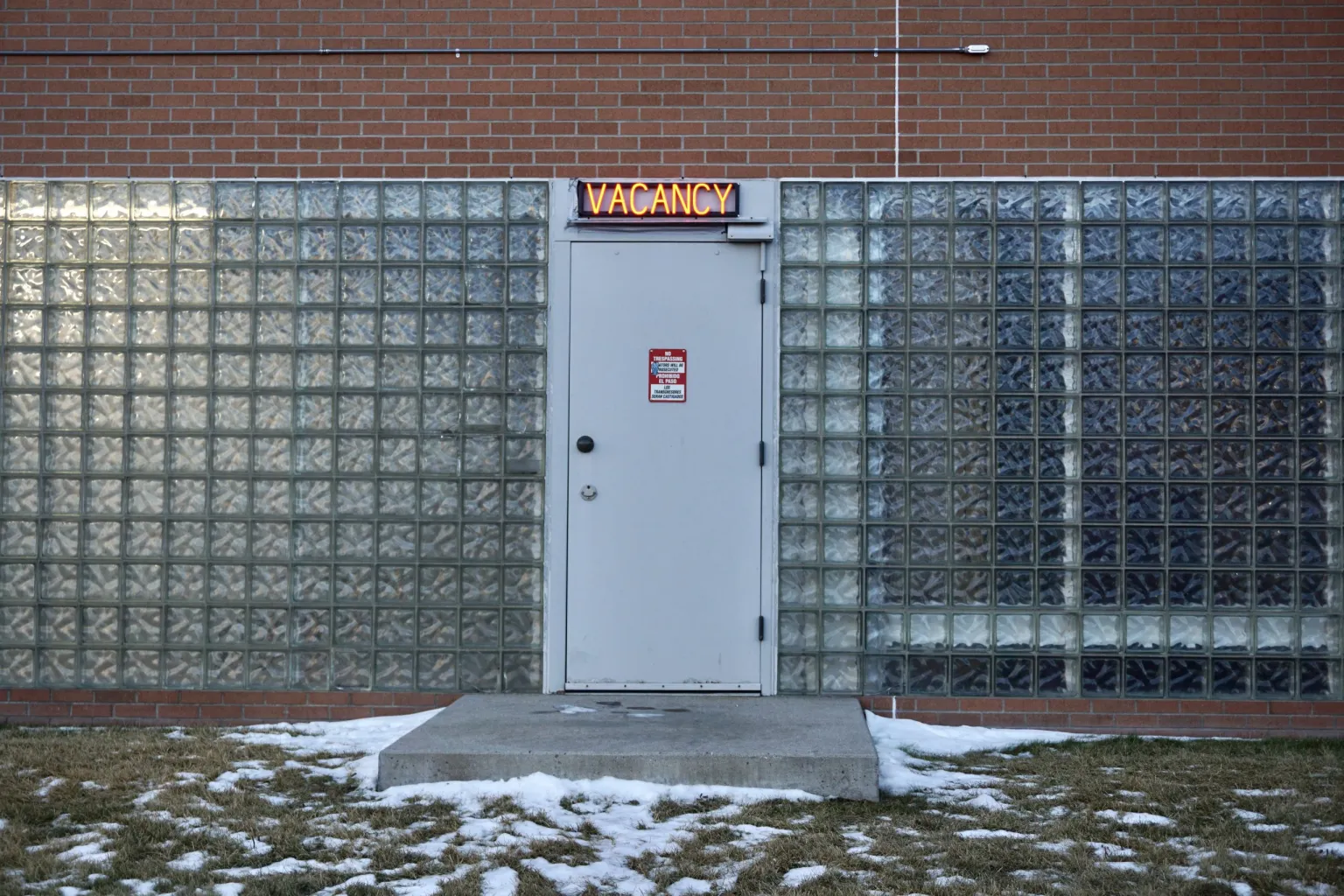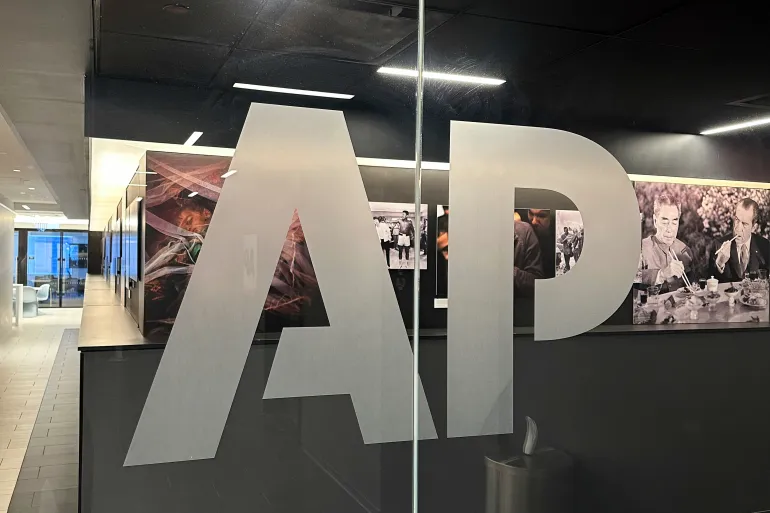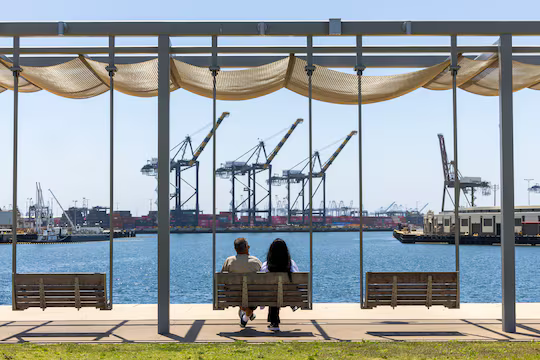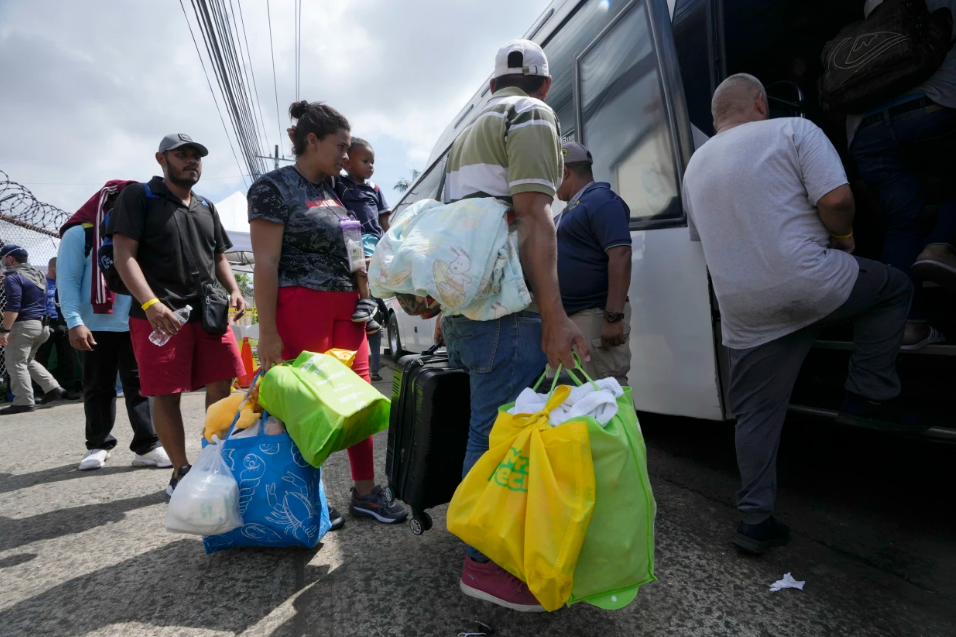On a sunny spring morning, the Port of Los Angeles — typically a hive of maritime commerce — lies unusually quiet, the Washington Post reports.
Over half its berths are empty, and dozens of towering cranes stand motionless, reflecting a dramatic downturn in trade activity. This slowdown is among the most visible effects of heightened tariffs between the United States and China.
The volume of containers arriving at the nation’s busiest port has dropped significantly, by about one-third compared to the same period last year — a decline steeper than during the Great Recession. More than 20% of scheduled ship calls this month have already been canceled. These disruptions are largely attributed to a sharp increase in tariffs: President Donald Trump’s administration has implemented import duties as high as 145% on Chinese goods, prompting equivalent retaliation from Beijing.
The sweeping tariffs have disrupted the steady trans-Pacific exchange of goods such as electronics, clothing, furniture, and industrial parts. Joseph Gregorio Jr., COO of the Pacific Companies, a logistics provider, warns that if current conditions persist, consumers may soon face product shortages and price hikes.
“I don’t think it’s sustainable,” he said, voicing concerns about dwindling retail inventories.
Negotiators from both countries have resumed talks, but uncertainty continues to ripple through the logistics industry. Dockworkers are receiving fewer shifts, and truckers are returning vehicles they can no longer afford to operate. Container imports, after a modest 5.5% increase in April, are projected to fall by 25% this month. According to Gene Seroka, the port’s executive director, roughly one in nine jobs in Southern California depends on cargo flow — a stark reminder of how trade policy reverberates through local economies.
Mark Muro, a fellow at the Brookings Institution, suggests that Trump’s vision of reshoring American manufacturing may bring gains to inland, traditionally conservative areas — but at the expense of coastal economies that depend on international trade. Major port cities like Los Angeles, Seattle, and New York could face long-term setbacks if current trends continue.
For longshore workers like Brandi Good, vice president of Local 13 of the International Longshore and Warehouse Union, the downturn is already being felt. Fewer shifts are available, particularly for “casual” workers without full-time contracts. As port activity shrinks, maintenance work offers a temporary reprieve, but uncertainty looms.
“The quieter it gets, the higher the anxiety,” said union liaison Sal DiCostanzo.
Despite the evident local consequences, President Trump remains resolute, characterizing the slowdown as a necessary correction to unfair trade practices. He envisions a shift toward domestic production and reduced reliance on imports, though critics argue that such a transition requires time, infrastructure, and labor policy changes to be effective.
Businesses like Waterfront Logistics and TGS Logistics are feeling the pinch. Warehouses are less full, truck orders are canceled, and layoffs are mounting. In some cases, goods remain in storage to avoid exorbitant duties. Weston LaBar of Waterfront Logistics highlights the challenge of planning in such a volatile environment:
“We’re kind of the tail. The dog is the port.”
While some manufacturers, such as New York Embroidery Studio (NYES), see opportunity in the tariff-induced shift, challenges remain. Founder Michelle Feinberg has staffed her PPE factory with immigrants from shelters and local communities, capitalizing on government contracts and a new interest in domestic production. But with federal support set to expire in 2027, Feinberg worries whether her business can thrive in the uncertain commercial market.
Analysts like Eswar Prasad of Cornell University argue that long-term success for US manufacturing will require stable tariff policy and immigration reform — areas where current approaches remain inconsistent. Moreover, the global dominance of Chinese suppliers, particularly in industries like PPE, continues to pressure American businesses despite protective measures.
Trade experts also caution against assuming that tariffs alone can restore American manufacturing. Many firms, including small importers, report difficulty relocating supply chains due to high costs and limited alternatives. Shifting production from China to countries like India or Vietnam is a complex, time-intensive process.
Meanwhile, the broader economy could also be affected. As consumer goods become scarcer or more expensive, household spending — which drives 70% of US economic activity — may decline. This could have ripple effects on markets, employment, and even retirement savings.










The latest news in your social feeds
Subscribe to our social media platforms to stay tuned